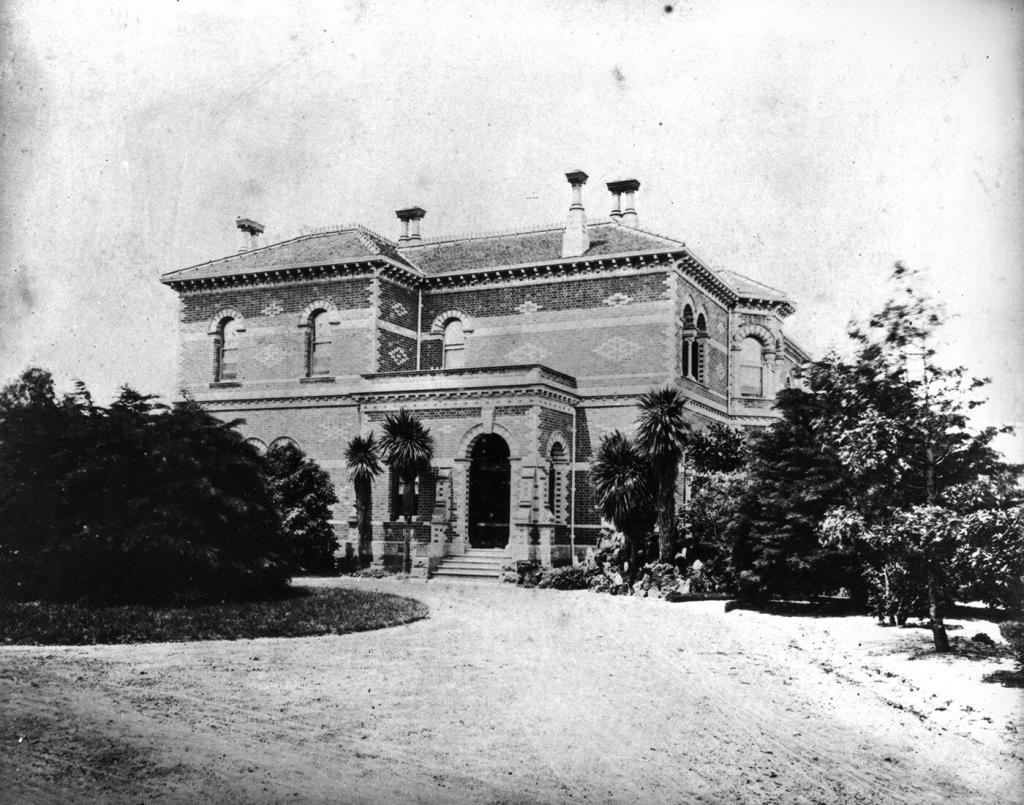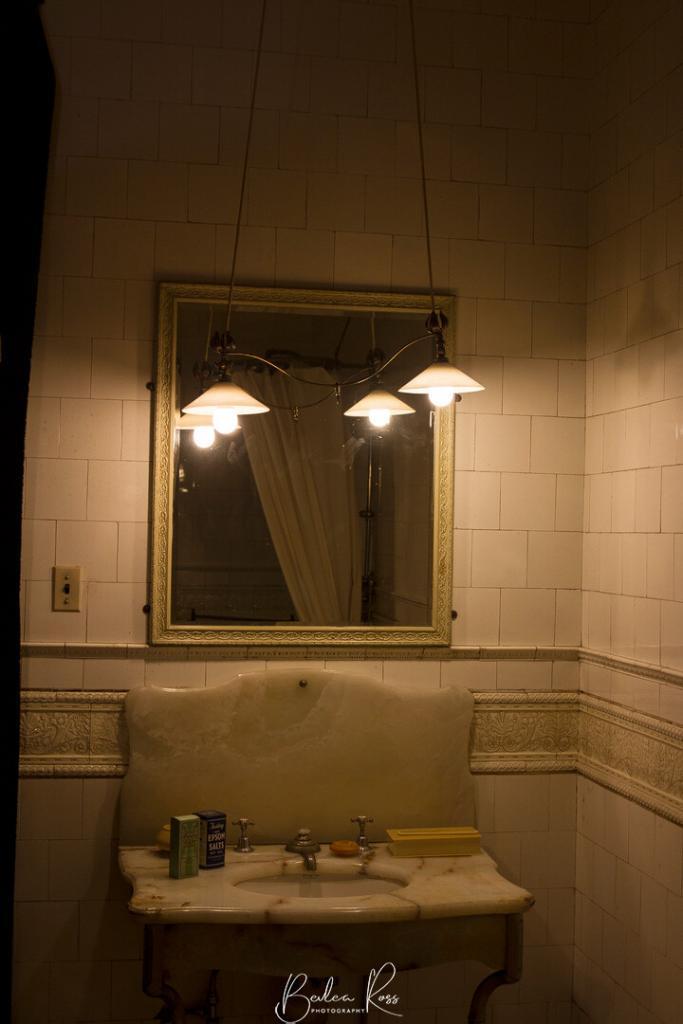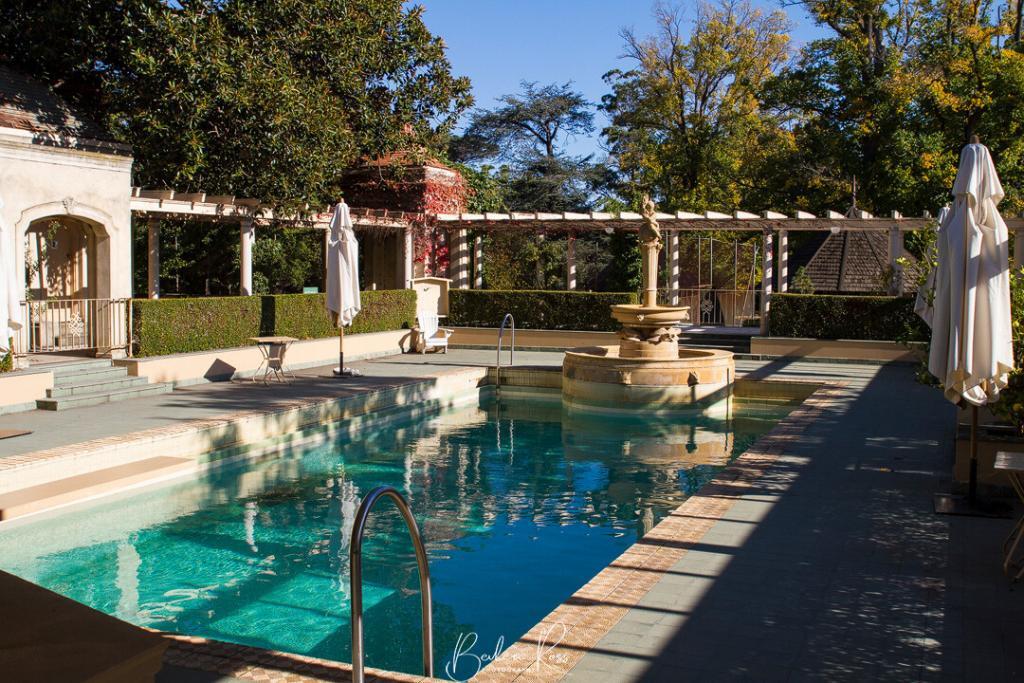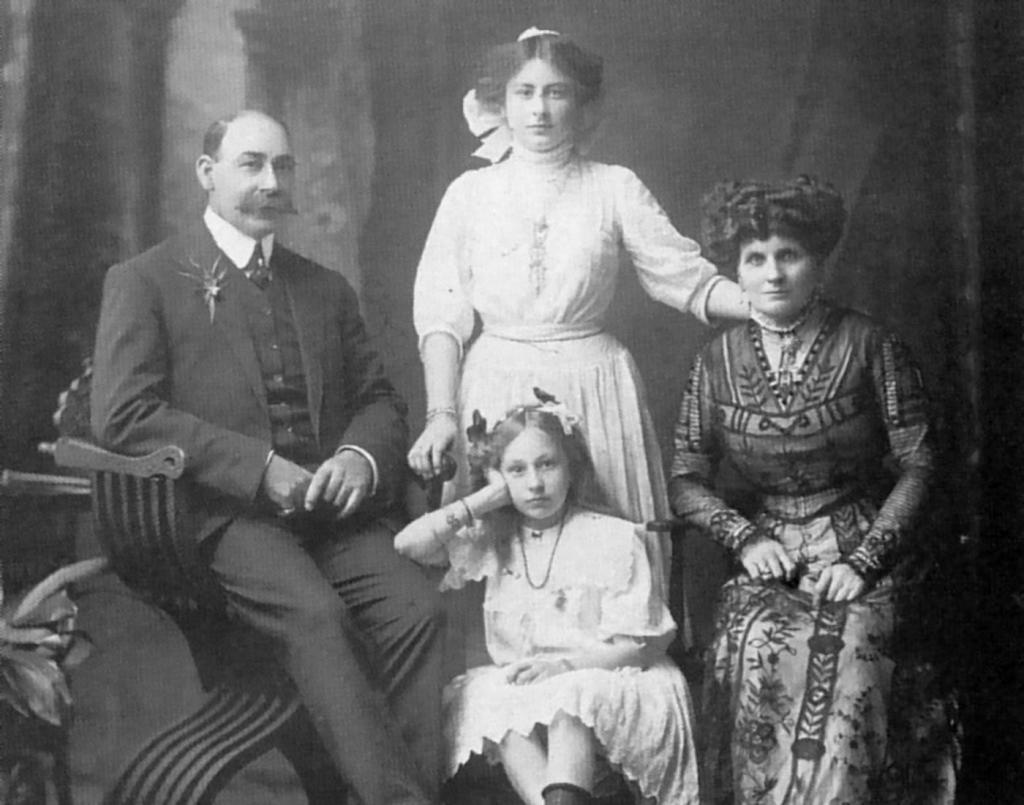In the Shadows of History: Ripponlea and Its Storied Inhabitants
Nestled amidst the bustling inner suburbs of Melbourne, Ripponlea Estate offers a captivating glimpse into Victoria’s grand colonial past. Step back in time and explore the meticulously preserved Ripponlea Mansion, a magnificent example of Italianate architecture that whispers tales of affluence, societal change, and the enduring legacy of the wealthy Clarke family. As you wander through the ornately decorated rooms, marvel at the opulent furnishings, and lose yourself in the meticulously landscaped gardens, you are transported to a bygone era of elegance and grandeur.
Ripponlea Estate is a historic site in the heart of Melbourne, well known for its cultural heritage and stunning architecture. It features a grand mansion, lush gardens, and a rich history, making it an iconic landmark. The estate dates back to the 19th century when it was established by Sir Frederick Sargood, a well-known businessman and philanthropist from Melbourne.

The Mansion
In 1868, Sir Sargood purchased the land. Architect Joseph Reed was commissioned to design a luxurious fifteen-room mansion that would become the focal point of the estate. The Victorian Italianate mansion, similar in style to Werribee Mansion, was a stunningly beautiful architectural masterpiece. It featured intricate details, a grand staircase, luxurious interiors, an underground watering system, and even its own electricity supply. It was rare for that period to have indoor bathrooms, but Ripponlea had them, adding to its reputation as a symbol of luxury and sophistication.

During the 1880s, the mansion underwent significant renovations. The dining room was enlarged to the size it is today. In addition, a tower was constructed, and a second floor was added to the back wing of the mansion. The kitchens were also remodelled, and a larger fernery was planted. A veranda was fitted on the west front, and the gardens were redesigned. Furthermore, the drainage system was extended to improve the overall functionality of the mansion.

In 1897, the mansion underwent further renovations. These included the addition of the current front entrance, a gentleman’s washroom, and an office. The study was extended to become the drawing room, while the former drawing room was transformed into an informal sitting room. The staircase was rebuilt, and the mansion was expanded from six to eleven bedrooms, some intended for staff. Additionally, a large new bathroom was added upstairs.

The Sargood Family
Upon completing Ripponlea, Sir Sargood, his first wife Marian, and their nine surviving children moved into the mansion. They were accompanied by an entourage of staff, which included seven maids, a butler, seven gardeners, a coachman, and a groom. In 1878, Marian Sargood passed away while giving birth to her twelfth child (a stillborn boy) on her fortieth birthday. Following her death, Sargood took his children and three staff members back to England. However, in 1882, he returned to the mansion with a new wife and another child, a daughter born the day before the ship docked. After his return, he continued with his career as a member of parliament and was later appointed as the Minister of Defence.

In 1901, Sargood was elected to the first Australian Senate. Unfortunately, during a trip to New Zealand in 1903, he fell ill suddenly and passed away. After his death, Lady Sargood sold the property for 20,000 pounds. She then left for England with her daughter, never to return.
New Owners
In 1903, a syndicate led by Thomas Bent acquired Ripponlea from Lady Sargood. Bent, who later became the Premier of Victoria in 1904, used the property for hosting charity events and entertaining guests. However, he also started selling parts of the land. Bent was forced to resign in 1908 due to suspicion of corruption. He passed away the following year during an investigation into his alleged connection to land scandals. His death prevented Ripponlea from being further divided.

In 1903, Benjamin Nathan, a successful businessman, bought the estate. Nathan had made his fortune in the furniture business as the Maples Furniture and Maples Music owner. He moved into the property with his wife and two daughters and introduced more native plants to the garden. He also added a conservatory and 14 glass houses to grow orchids and employed 14-17 gardeners to maintain the garden. After Nathan died in 1935, his daughter Louise inherited the property.

Louise, her husband, lawyer Timothy Jones, and their four children moved into the property and started renovating it. They added a new kitchen and remodelled the dining room. The original ballroom was removed and replaced with a swimming pool, while the billiard room and museum were converted into the new ballroom. The house was cleared of clutter and redecorated in an elegant neo-baroque style featuring mirrors and soft greens.


Saving Ripponlea
In the early 1950s, Louise sold some of her land to ABC, who wanted to build a television studio. However, in 1963, ABC wanted to expand the studio. Subsequently, the federal government issued a compulsory acquisition order for an additional four acres of Louise’s land. She fought the order in the high court but unfortunately lost. A demonstration against the acquisition attracted 10,000 people. Louise knew her father wanted the gardens protected, so she arranged for the property to be transferred to the National Trust upon her death.

In 1972, Louise passed away, and the National Trust inherited Ripponlea. As a result, the acquisition order was withdrawn. Ripponlea was opened to the public for the first time in 1974. Within the first three months, it was visited by one hundred thousand people. Recognising its historical and cultural importance, the National Trust of Australia officially classified Ripponlea as a heritage-listed property in 1979. This designation ensured that the estate would be preserved and maintained for the benefit of future generations.
Today
Ripponlea Estate is a public attraction that allows visitors to travel back in time as they explore the mansion, gardens, and surrounding grounds. Guided tours are available, providing valuable insights into the lives of the estate’s former residents and the historical events that took place there. In addition to being a popular tourist destination, the estate is also a venue for events, weddings, and cultural programs. It is also frequently used as a film location, making it a vibrant part of contemporary Melbourne.
Visiting
192 Hotham Street, Elsternwick 3185 VIC
Entry Fees: General Admission includes garden entry plus a guided tour of the mansion (subject to availability).
Adult: $15
Concession: $12
Child (3-15 years): $9
Family (2 adults + 2 children): $40.
National Trust Members FREE.
Residents of the City of Glen Eira and Port Phillip have free access to the gardens at Rippon Lea Estate.
To obtain an entry card, residents must show acceptable forms of ID with proof of residency and complete an application form available in the Gatehouse on entry to the property.


